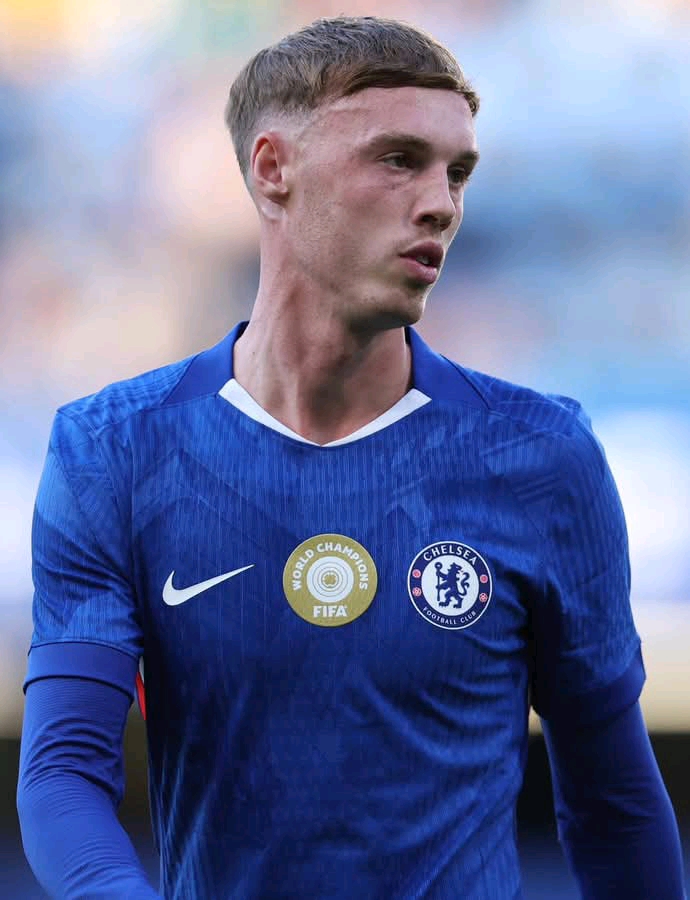Chelsea’s opening-day stalemate at Stamford Bridge offered an early glimpse into both the promise and the problems of Enzo Maresca’s new-look attack. With six attackers signed for a combined £250 million on the pitch at various points, Chelsea dominated possession and created opportunities in volume, yet they lacked the composure and collective rhythm required to break down a disciplined Crystal Palace side.
Maresca’s choice of front line revealed his intent to play expansive, fluid football. Joao Pedro led the line, flanked by Jamie Gittens on the left and Pedro Neto on the right, with Cole Palmer pulling the strings behind them. On paper, it was a setup that balanced speed, directness, and creativity. In reality, Chelsea’s attack looked fragmented. Pedro worked tirelessly, dropping deep to link play, but his runs were often unsupported. Gittens and Neto offered width but struggled to isolate their markers consistently, while Palmer’s positioning was more effective in recycling possession than in breaking defensive lines.
Palace, in contrast, played with a familiarity Chelsea could not yet match. Their compact 4-2-3-1 squeezed the central areas and forced Chelsea into wide zones, where the visitors doubled up defensively. It was telling that Palace nearly drew first blood when Eberechi Eze bent in a free-kick, only for VAR to disallow the goal due to Marc Guehi’s positioning. Chelsea’s midfield failed to exert control in the opening half-hour, allowing Palace to dictate tempo in transitions.
The second half showed glimpses of what Chelsea’s future attack might look like. Maresca introduced Estevao Willian and Liam Delap, both of whom injected energy and directness. Estevao, in particular, looked fearless in taking on defenders, though his end product betrayed his inexperience. Delap’s movement stretched Palace’s back line, yet his finishing lacked conviction. Andrey Santos had perhaps the clearest opportunity, blazing over from close range with his weaker foot.
The underlying data suggests that Chelsea’s performance was not as sterile as the scoreline implied. Their expected goals of 1.81 comfortably surpassed Palace’s 1.07, and historically, sides creating at that level of chance quality tend to score. This points not to systemic failure but to wasteful finishing and a lack of sharpness—a consequence, perhaps, of Chelsea’s truncated pre-season following their Club World Cup triumph.
Maresca will know that patience is required. Joao Pedro, Estevao, Gittens, and Delap are still adjusting to new surroundings, and their collective understanding will take time to form. Yet Palace’s cohesion, forged by continuity, was a stark reminder of the value of stability. Chelsea’s constant churn of attackers risks delaying the fluency their manager is trying to instill.
Beyond the attack, defensive concerns remain. The injury to Levi Colwill deprives Chelsea of a natural ball-playing centre-back, a key component in Maresca’s build-from-the-back philosophy. Josh Acheampong deputised admirably against Jean-Philippe Mateta, but without Colwill, Chelsea’s progression from defence into midfield looks more mechanical and less assured.
This was only one match, and early-season rustiness is no stranger to ambitious teams. Yet the scrutiny will linger. Chelsea have the raw materials for a dynamic, multi-dimensional attack, but until they can transform possession into goals, questions about their efficiency will persist. The coming weeks, particularly against more settled sides like Arsenal and Manchester City, will reveal whether Chelsea’s £250 million investment can evolve from individual talent into a collective force.
Should we send you latest update about your favourite sports and team?
Enter you email in the box below and hit the subscribe button to join our teaming 876+ sports community.
